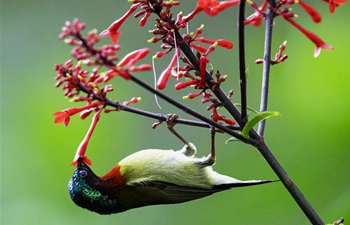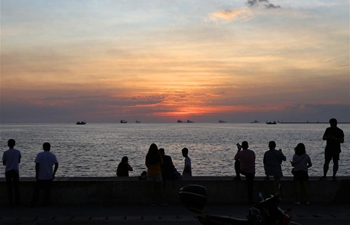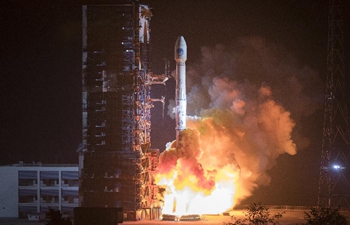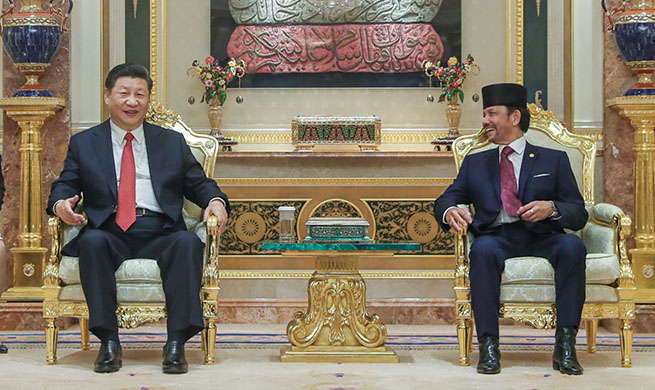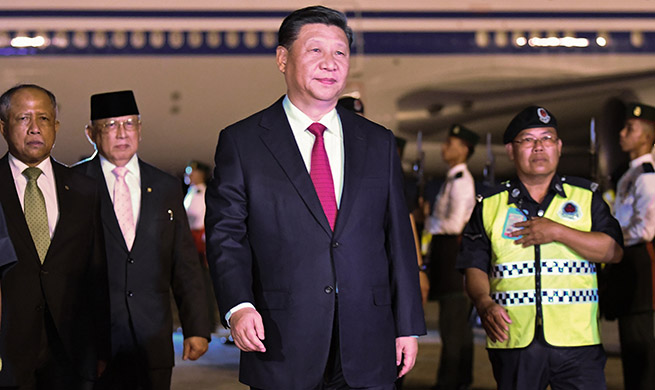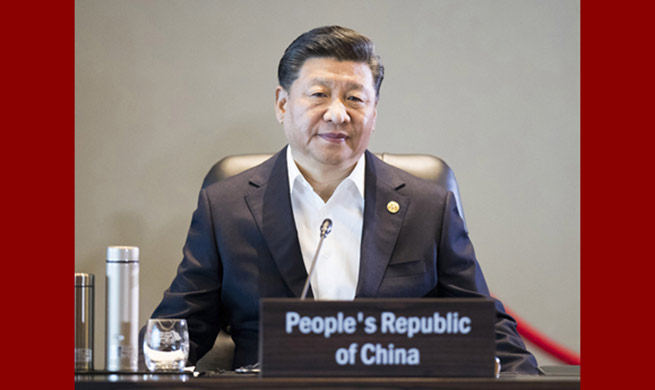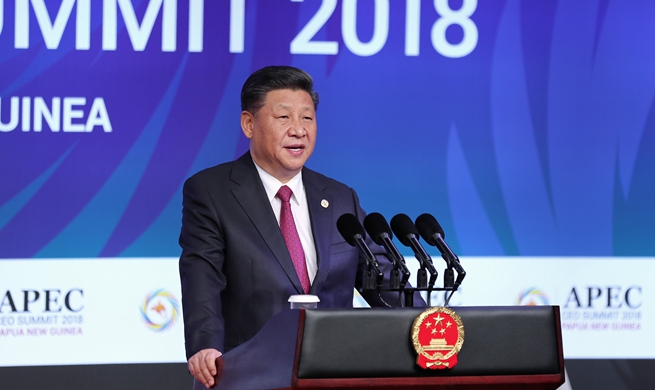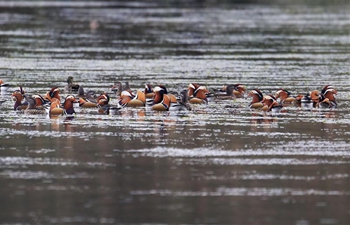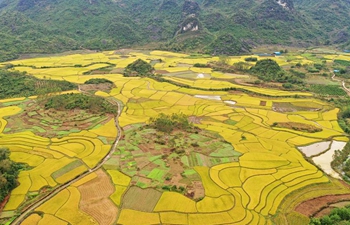BEIJING, Nov. 20 (Xinhua) -- A museum commemorating Guo Shoujing, an ancient Chinese scientist and engineer who developed the water network of Beijing in the 13th century, reopened to the public Tuesday after a one-year renovation.
The museum is located on the north bank of the Shichahai Lake, which used to be the northern end of the Grand Canal, a man-made waterway stretching from Beijing to Hangzhou in east China's Zhejiang Province. The lake area used to be a busy port in the Yuan Dynasty (1271-1368).
Guo built the downtown lake and many other river channels connecting the canal in dry northern cities, which allowed local people access to water for planting and drinking, but also made China's water transportation much stronger.
According to the curator Zhang Peng, the museum focuses on Guo's hydraulic engineering achievement and his great contribution to Beijing's water resource and conservancy.
China has strengthened exhibition, research and protection efforts on the Grand Canal in recent years. The canal has a length of more than 2,500 km and has carried water across the country for more than 2,000 years. Over 1,000 km of it was recognized as a world heritage site in 2014.
"The museum was built to honor the scientist and to inspire people's interest in the city's and the Canal's history," said Sun Jinsong, director of a cultural commission of Beijing's Xicheng District.
Built in 1988, the museum has received more than 30,000 visitors every year.
Guo is well known for his contributions in astronomy. He observed the regularity of the sun and the moon and invented tools to calculate an accurate length of a year.
He was also an astronomer with an international reputation. A lunar crater on the far side of the moon and an asteroid in the solar system have been named after him.




